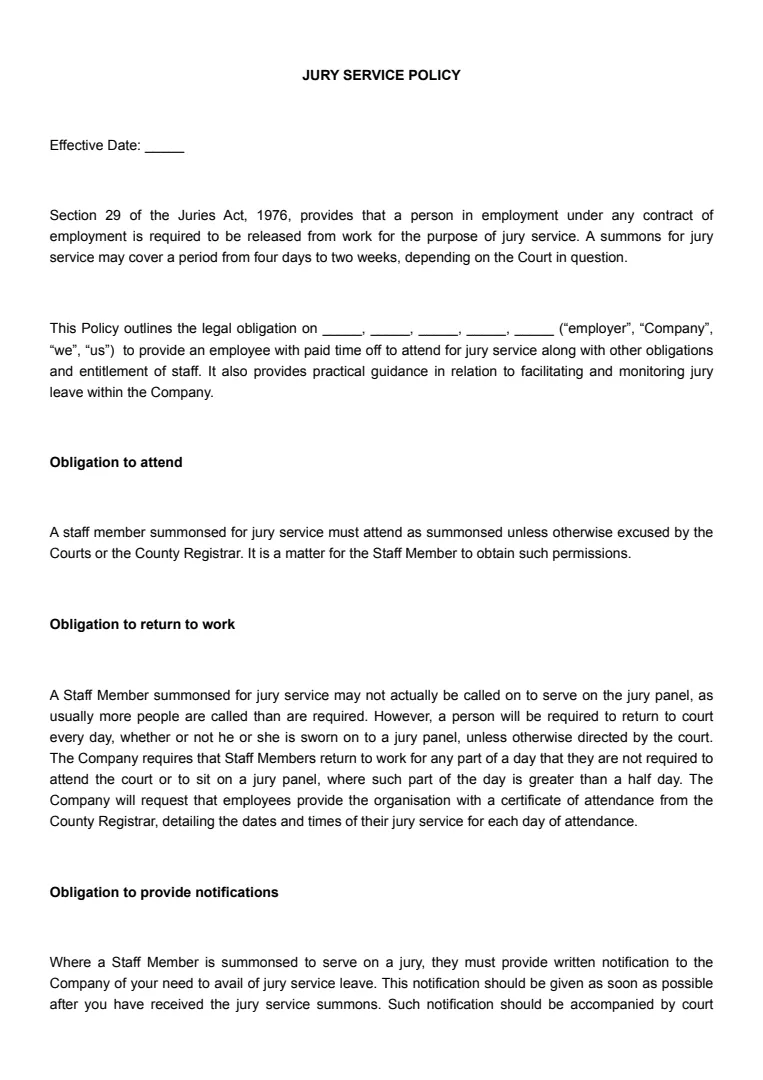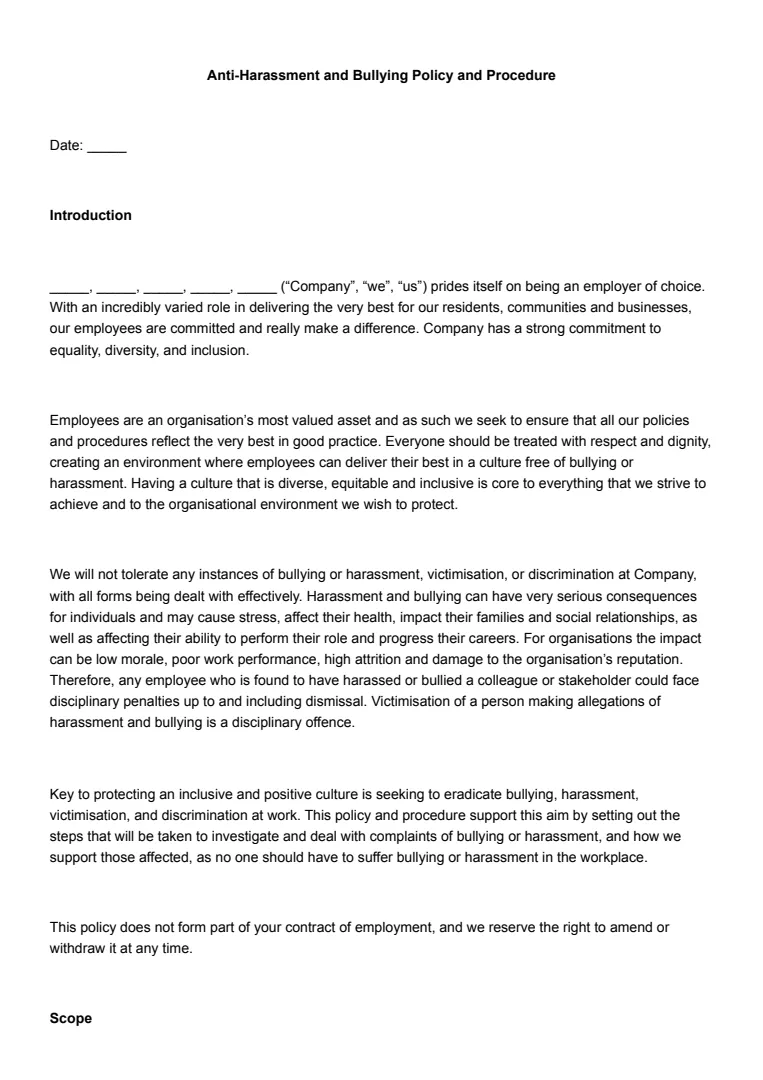What Is a Flexible Working Policy?
A flexible working policy is a set of guidelines that lets you, as an employee, adjust how, when, and where you perform your job responsibilities. This can include altering office hours or allowing you to work remotely, creating a suitable balance between your professional and personal life.
By embracing flexible working, companies can improve employee satisfaction and productivity.
Types of flexible working arrangements include:
- Flexible Working Hours: Adjust your start and finish times to match your personal needs, whether it’s for childcare or avoiding rush hour.
- Work-from-Home: Enjoy the freedom to work from home, saving time on commuting and offering greater convenience.
When you make a flexible working request, there might be a formal procedure to follow. Your employer must consider it fairly.
A well-documented policy usually outlines how to submit this request and what factors are considered in the decision-making process.
Benefits for you and your employer of a flexible working policy include:
- You get increased job satisfaction by having more control over your schedule.
- Employers can benefit from higher productivity and employee retention rates.
Having a policy in place ensures transparency and fairness, making it clear what both parties can expect. Clear guidelines mean everyone knows the options available and the steps to take if interested.
When Is a Flexible Working Policy Needed?
If you’re an employer, you might need a flexible working policy if your business wants to accommodate diverse employee needs.
Many employees prefer options like remote work, flexitime, or compressed hours. If your workplace aims to attract and retain top talent, it’s crucial to provide structured flexibility.
Consider these scenarios:
- Growing Employee Demand: If you’re noticing more requests for flexible working arrangements, crafting a policy can provide clear guidelines and streamline the process.
- Remote Work Adoption: Adopting remote work requires clear policies to manage communication, performance, and expectations effectively. This ensures that both you and your employees are aligned.
- Diverse Workforce Needs: Catering to different life stages, such as employees with family responsibilities or those pursuing education, can enhance employee satisfaction. A policy helps outline how you support diverse needs.
- Operational Continuity: During unforeseen events like bad weather or health crises, flexible working arrangements can maintain productivity. A policy gives your business the framework to adapt quickly.
- Employee Well-Being: Promoting work-life balance is vital. If you aim to reduce stress and increase morale, offering flexible options can be a game-changer. A policy can highlight your commitment to employee well-being.
How to Write a Flexible Working Policy
If you’re an employer looking to write a clear yet comprehensive flexible working policy, you can follow these steps.
Step 1: Understand the Needs of Your Organisation
Before you start writing, it's important to understand what flexible working means for your organisation.
Talk to your team to identify what types of flexibility they are interested in, whether it's working from home, adjusting start or finish times, or compressed hours.
This helps you craft a policy that aligns with both business goals and employee desires.
Step 2: Conduct a Legal Review
Ensure your policy complies with local employment laws.
You must be aware of legal requirements regarding flexible working rights. Consulting an HR professional or legal advisor at this point can help you avoid any legal pitfalls, ensuring that your policy is fair and lawful.
Step 3: Outline Core Components
Draft the core structure of your policy.
Start with an Introduction explaining the organisation's commitment to flexible working. Clearly define core hours if applicable, and explain any requirements for being present online or at the office.
List the types of flexible arrangements available and state that requests will typically be responded to within a specific timeframe.
Step 4: Develop Guidelines
Detail how employees can request flexible working arrangements.
Specify what they should include in their request and how it will be processed. Explain the use of remote working tools, if needed, and how total working hours are tracked using HR employee software or a policy management platform.
Step 5: Implement a Trial Period
Build in a trial period for new flexible arrangements. This allows you and your employees to test the suitability and effectiveness of the arrangement.
After the trial, review the impact to decide if any changes are needed. Make sure employees know this is a chance to refine the agreement for mutual benefit.
Step 6: Final Review and Dissemination
Review your policy document again to ensure clarity and completeness.
Once finalised, distribute it using email and make it accessible on your company's shared platforms.
Encourage feedback so you can make future improvements.
Ensure new employees receive the flexible working policy as part of their onboarding materials.
To help guide you in creating a flexible working policy for your organisation, you can use a flexible working policy template.













